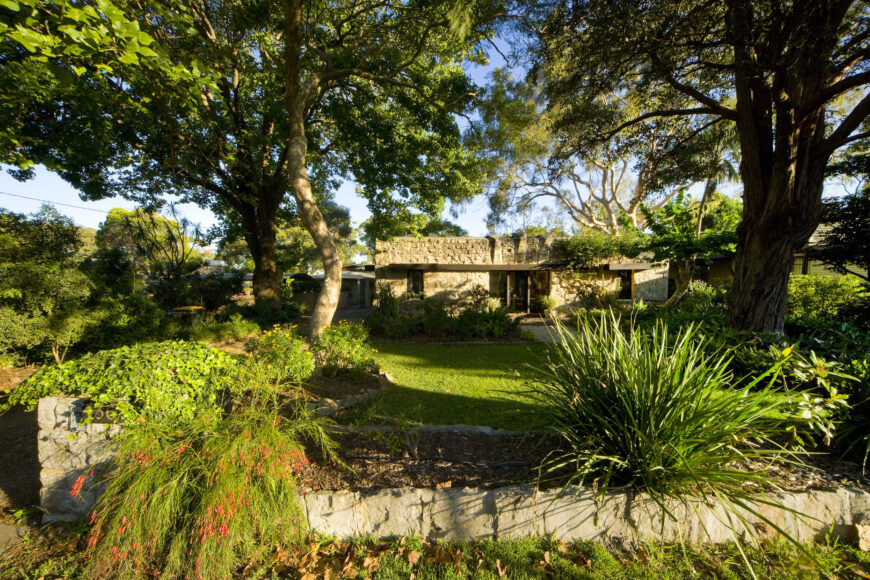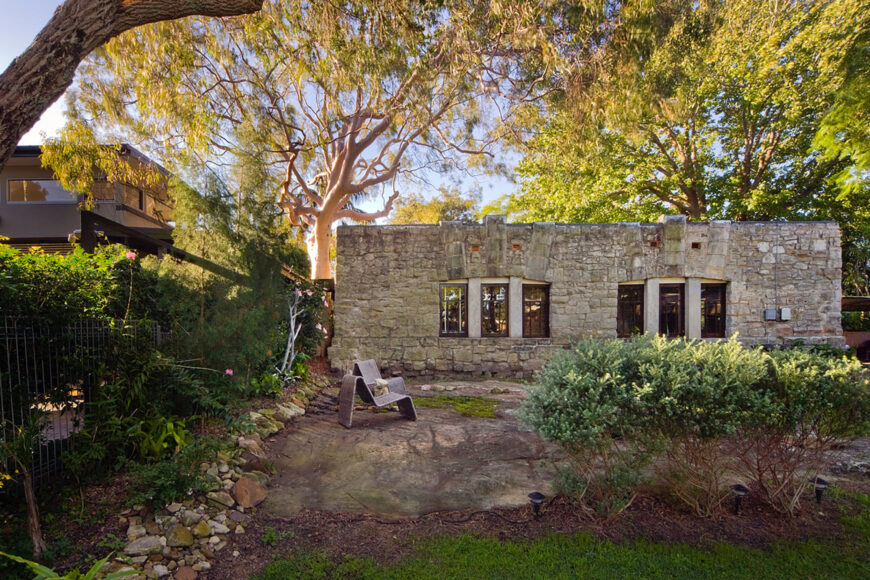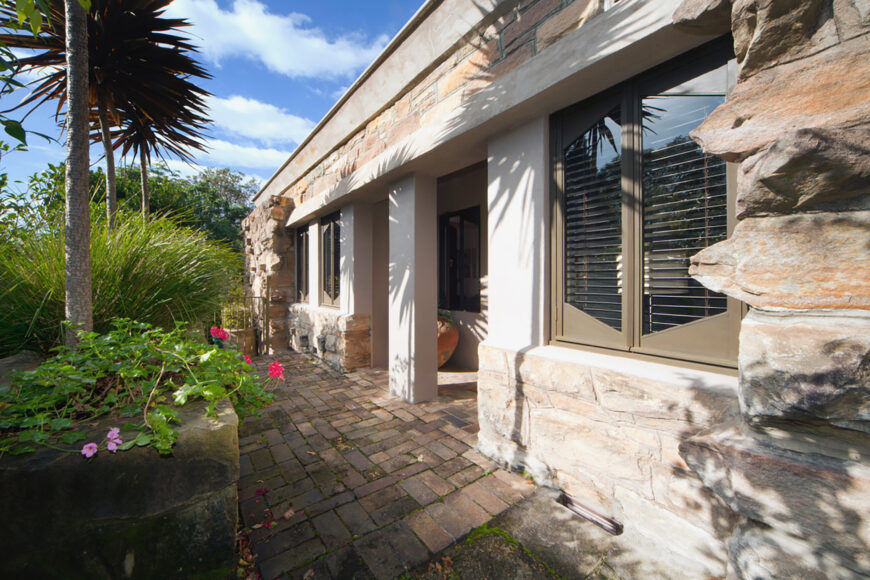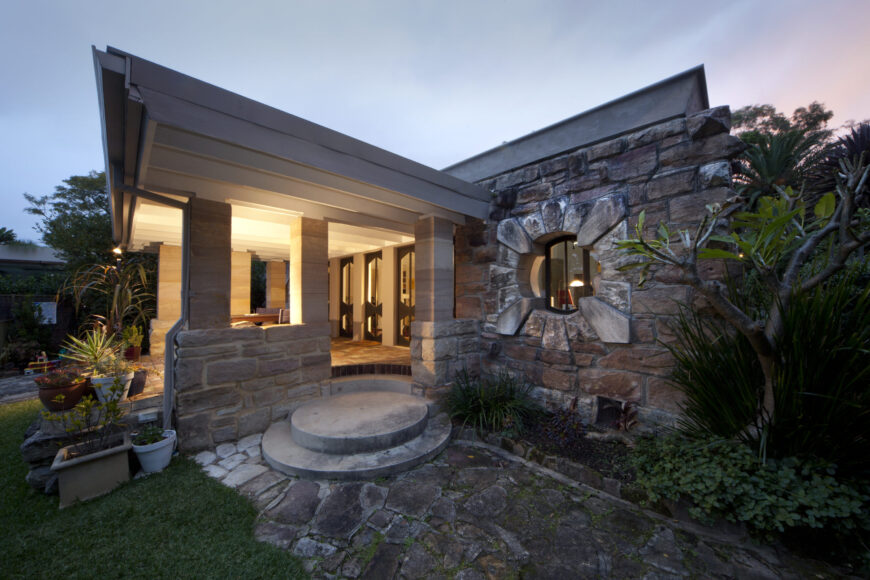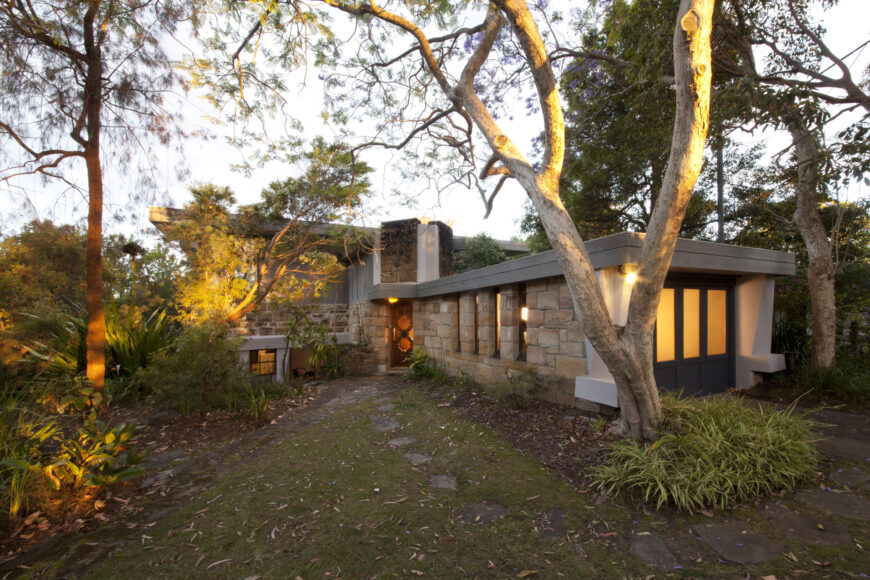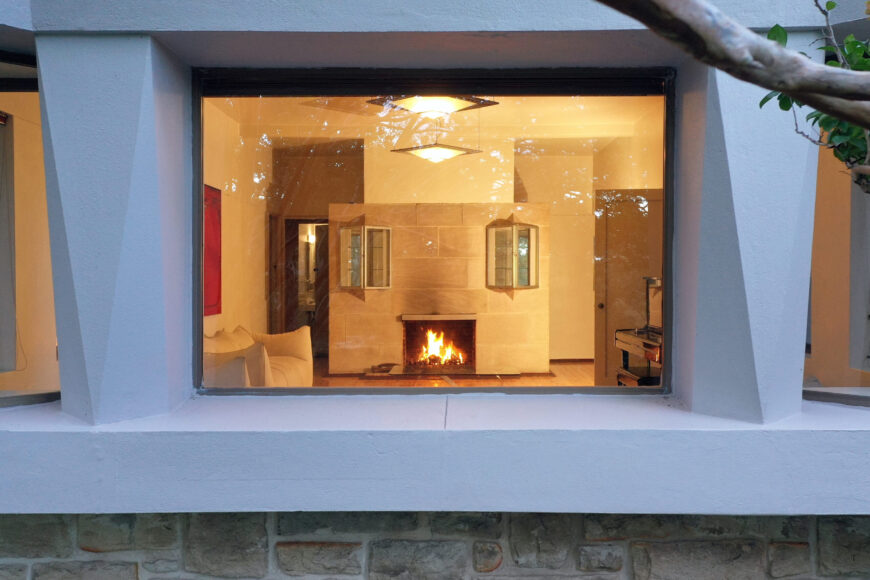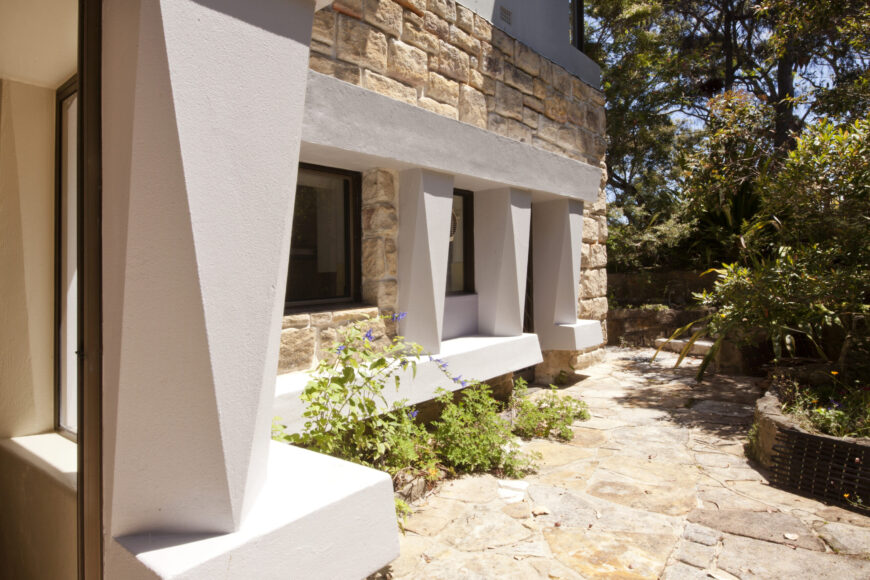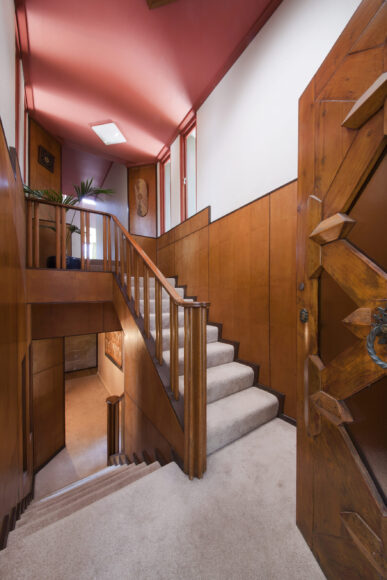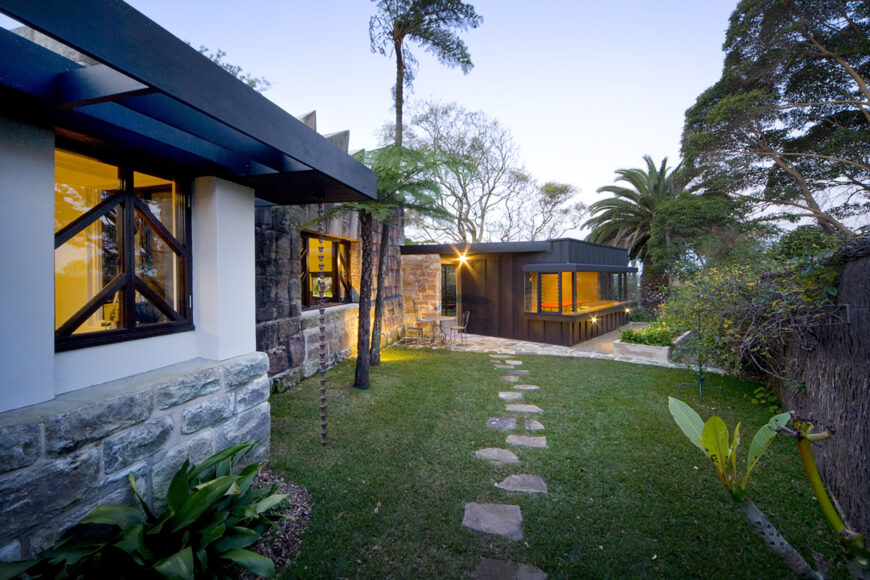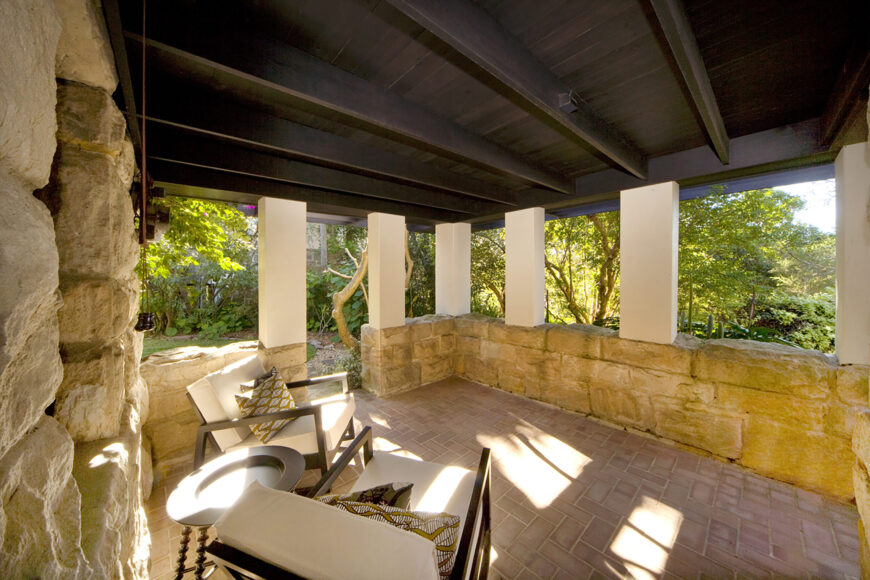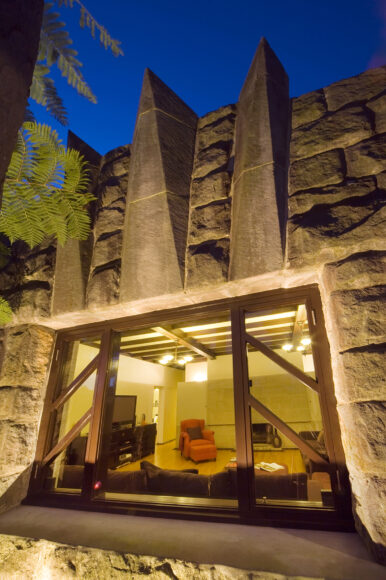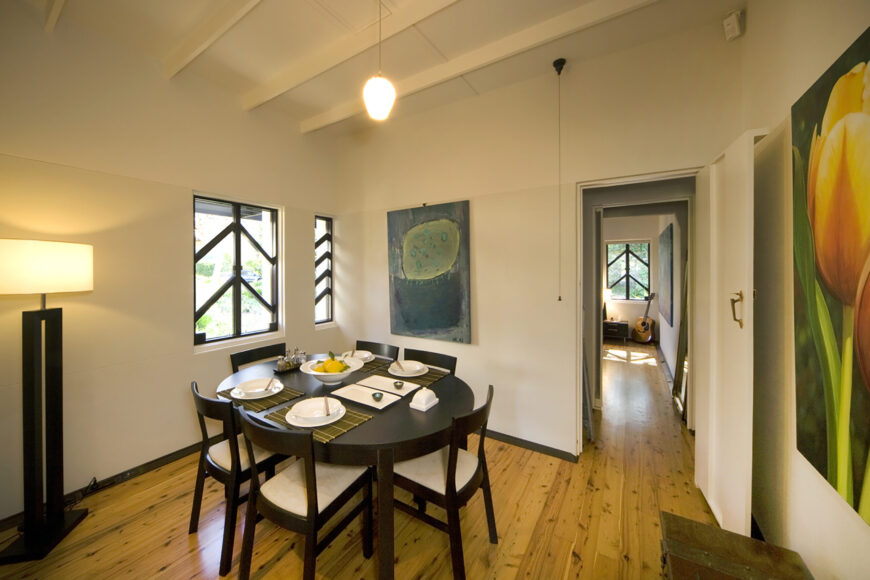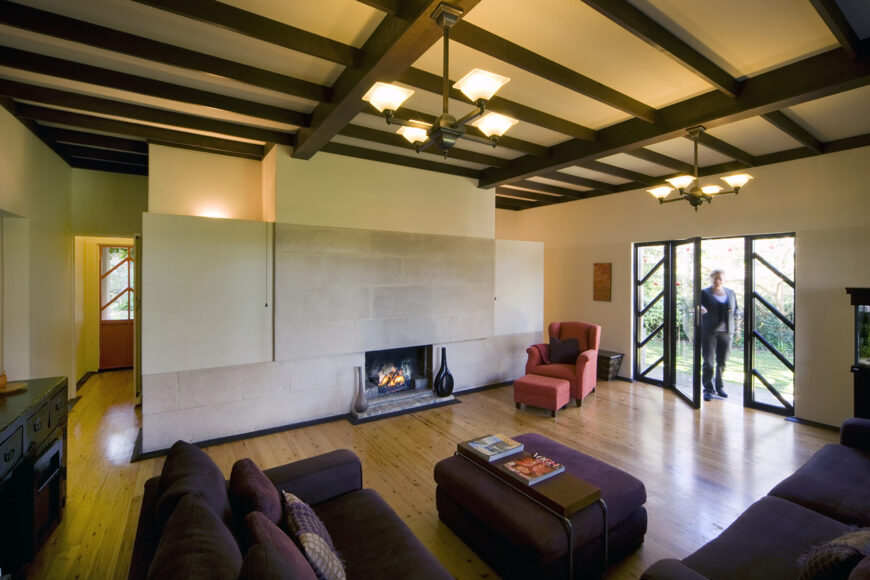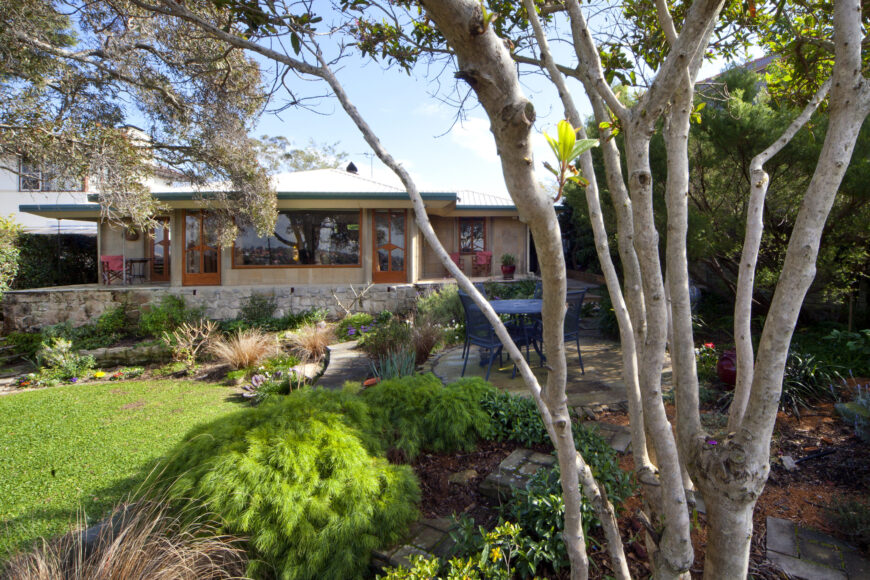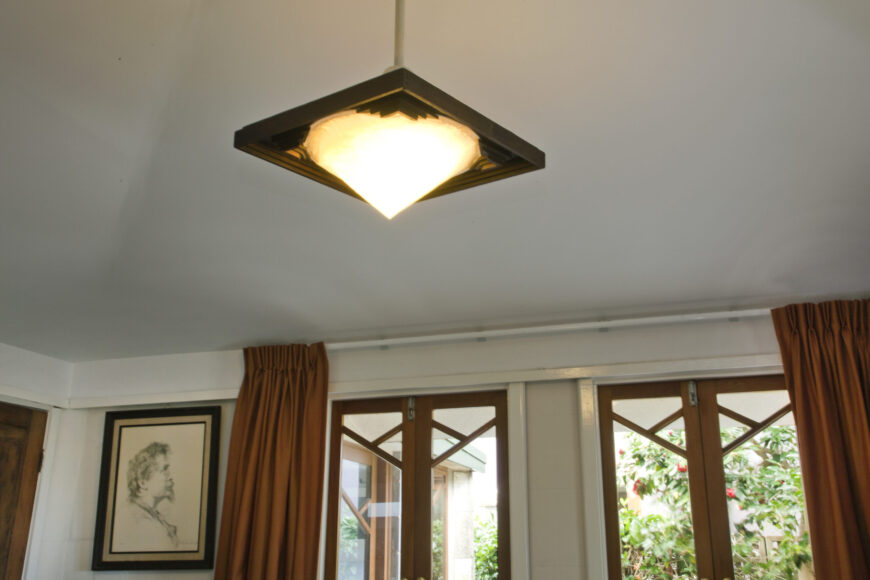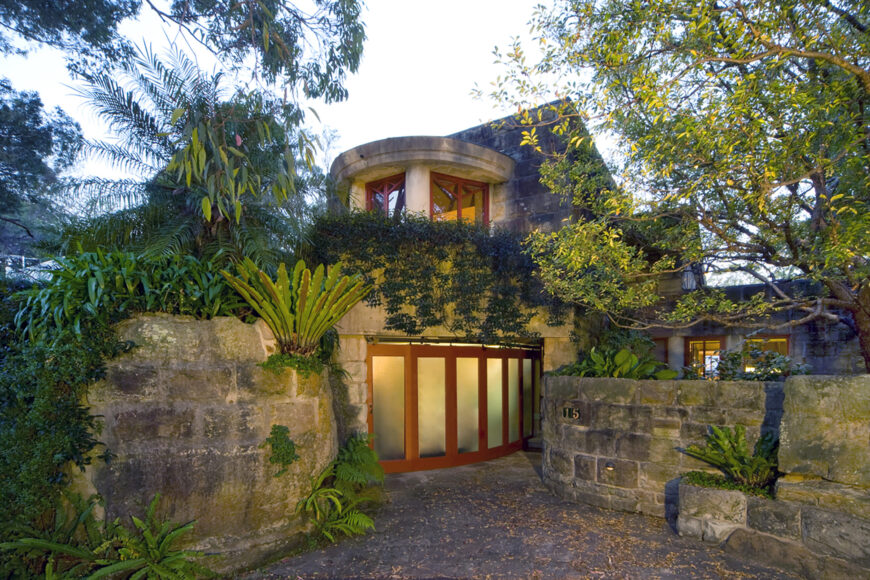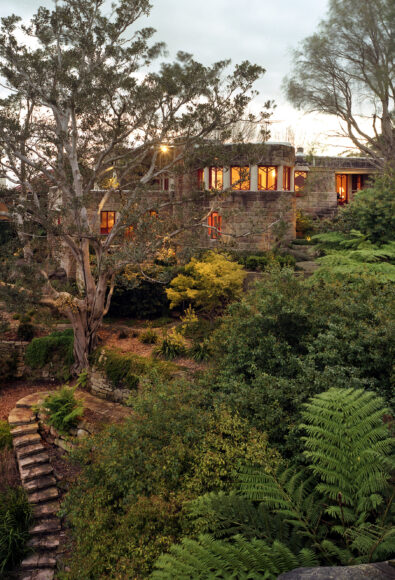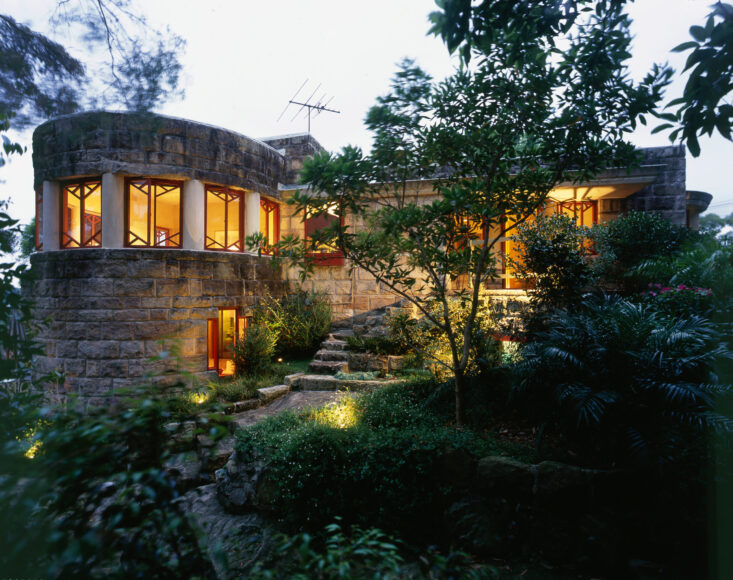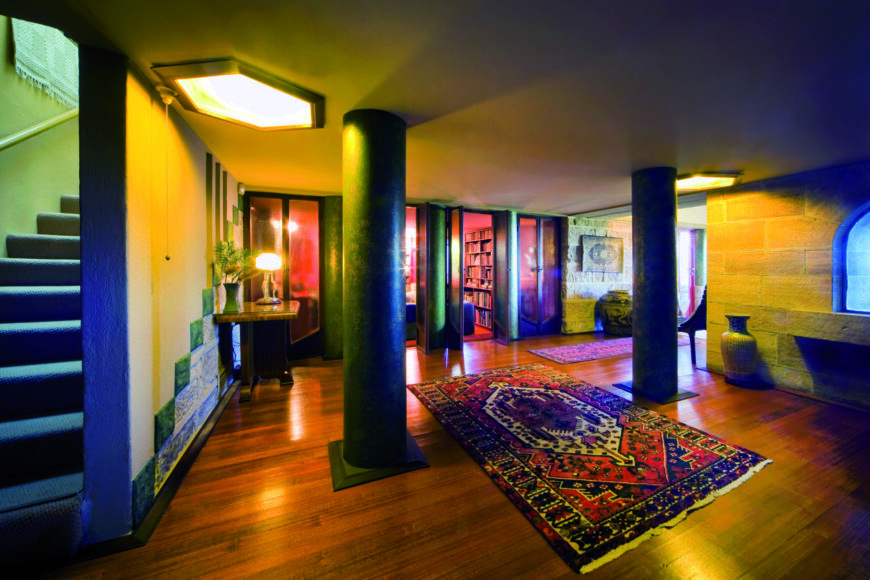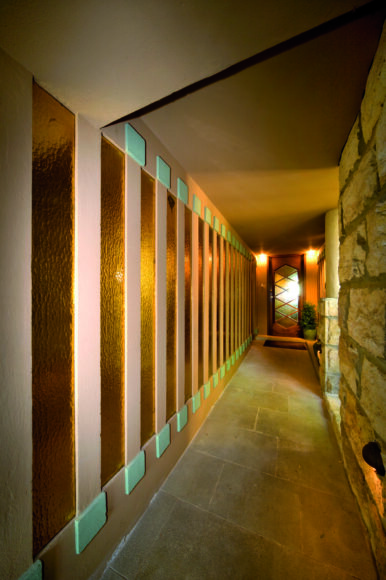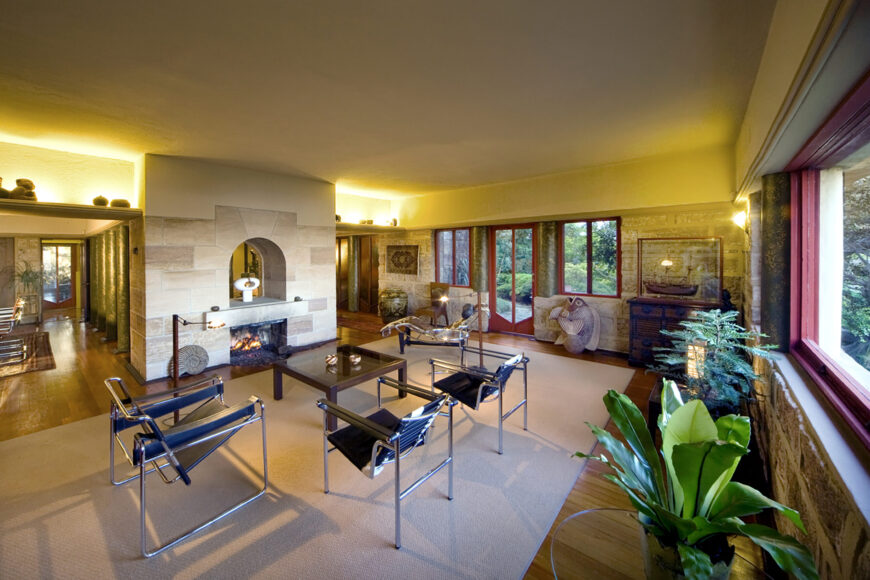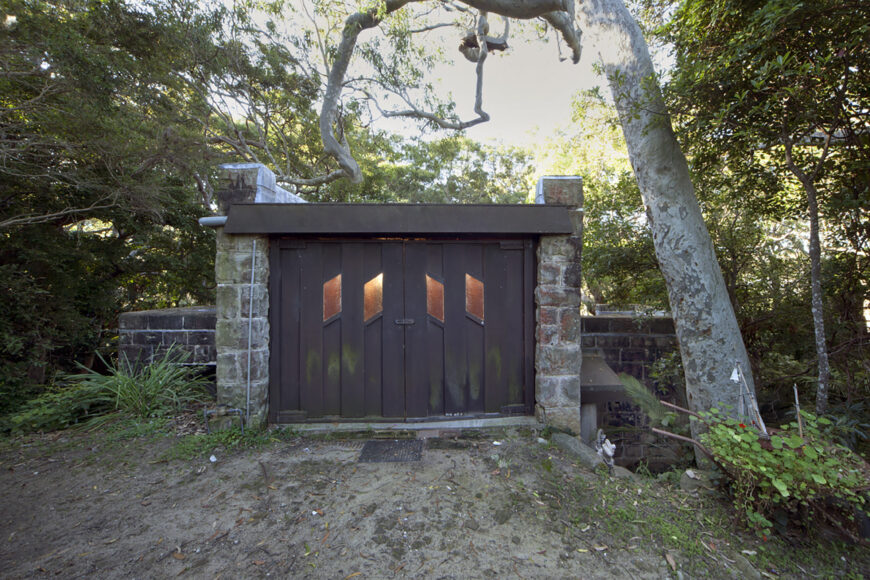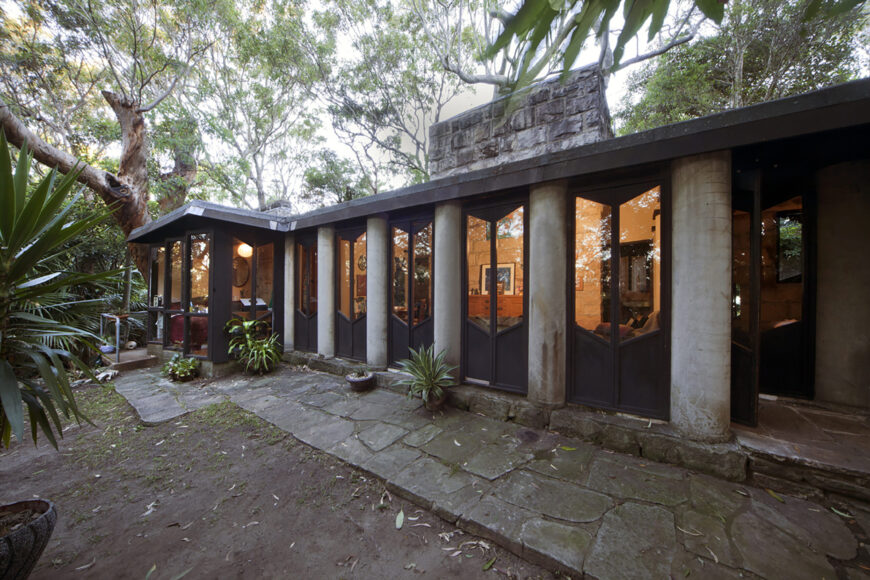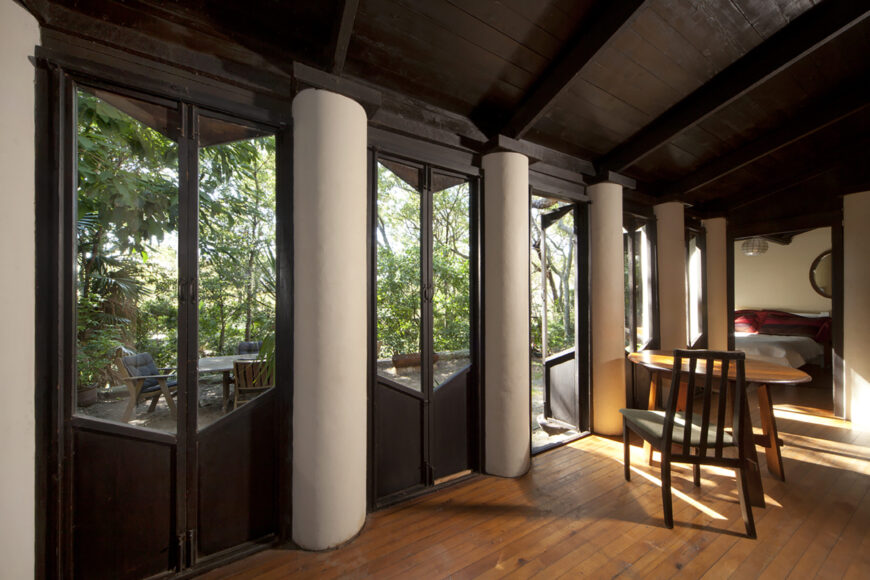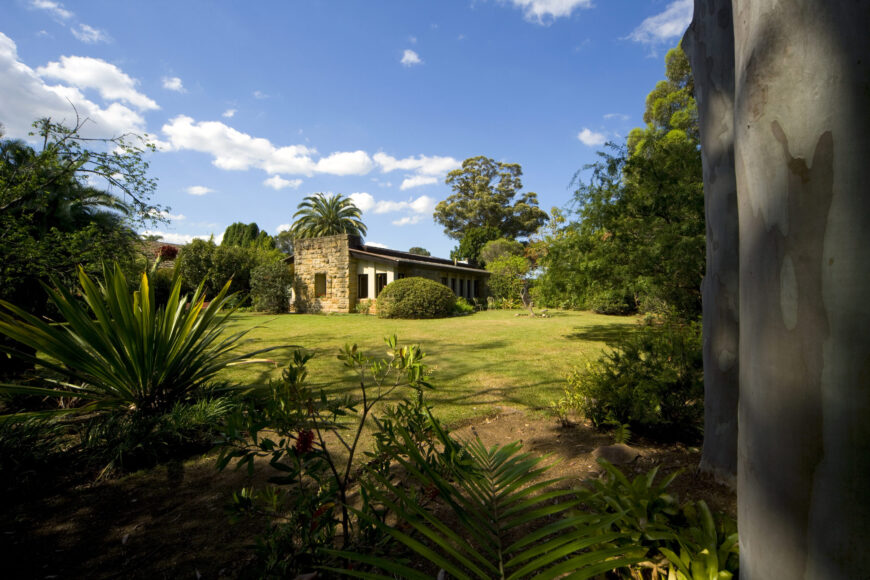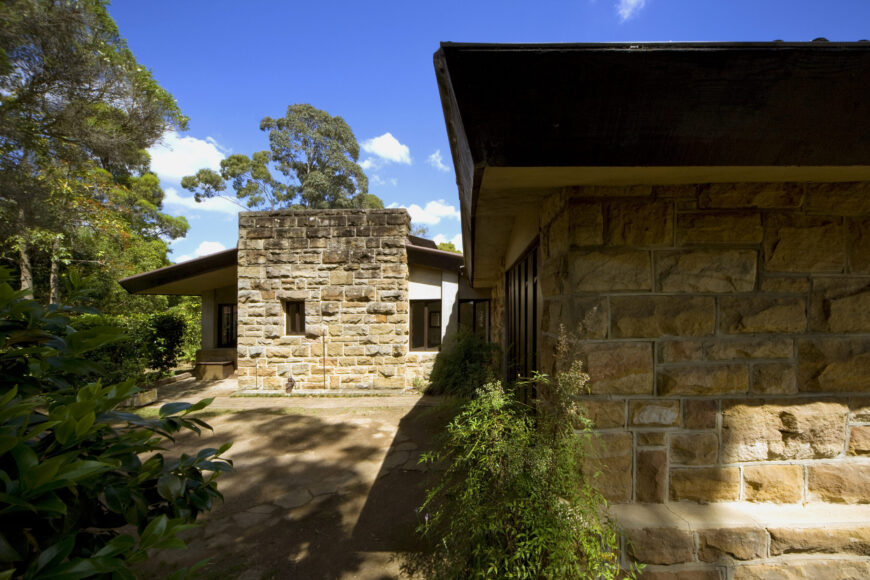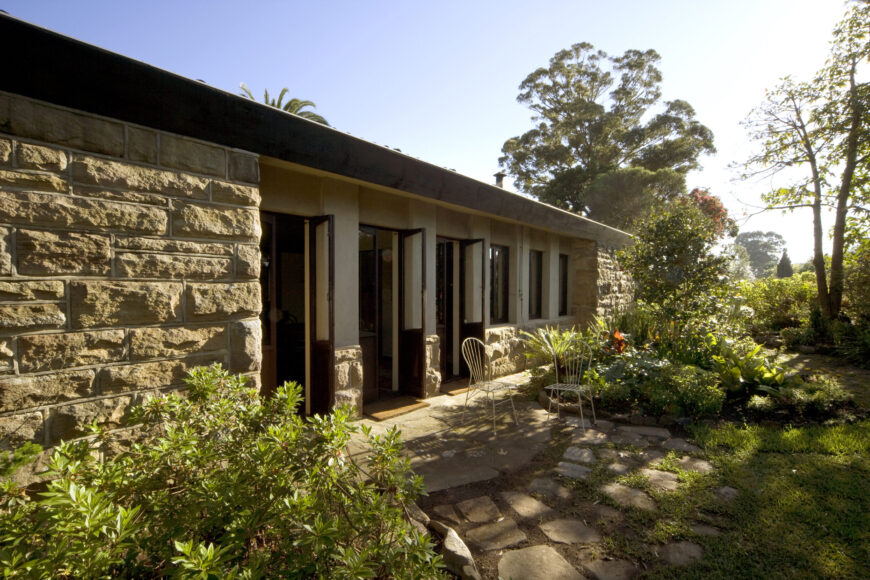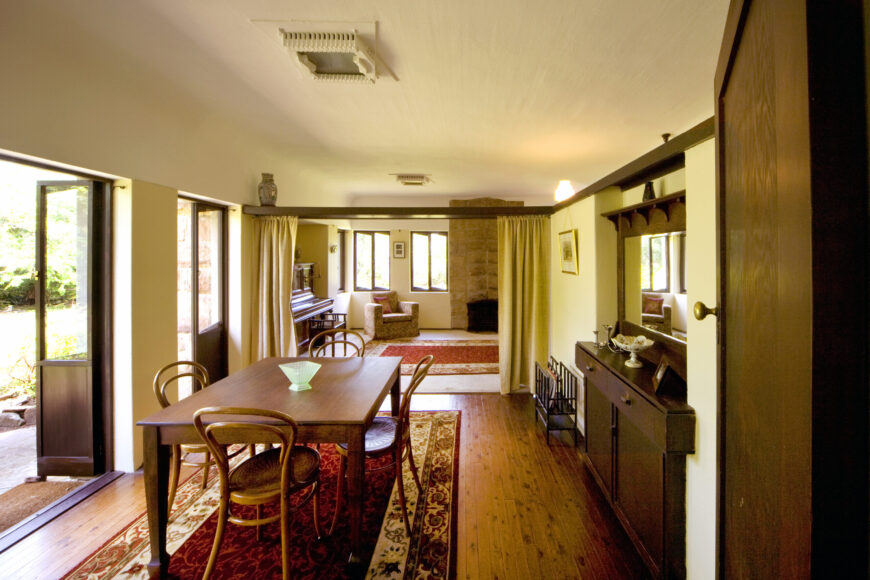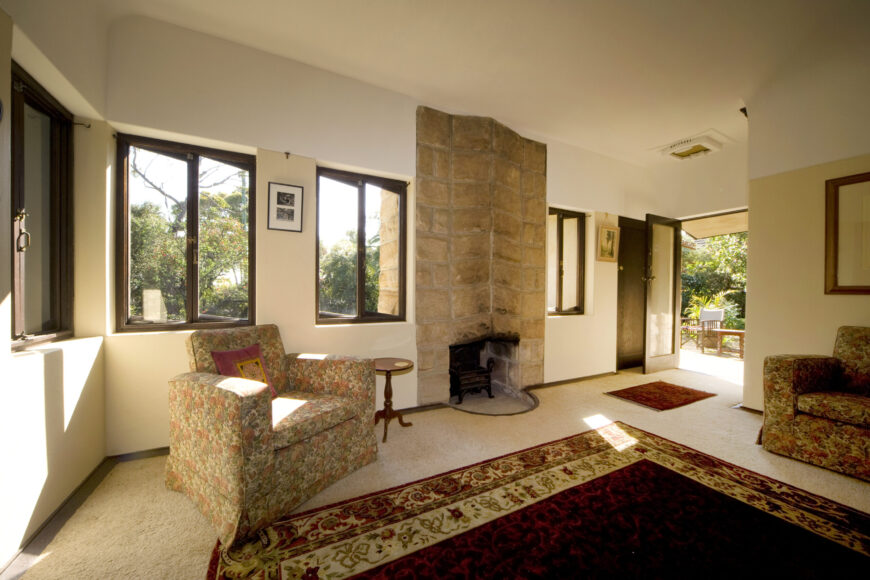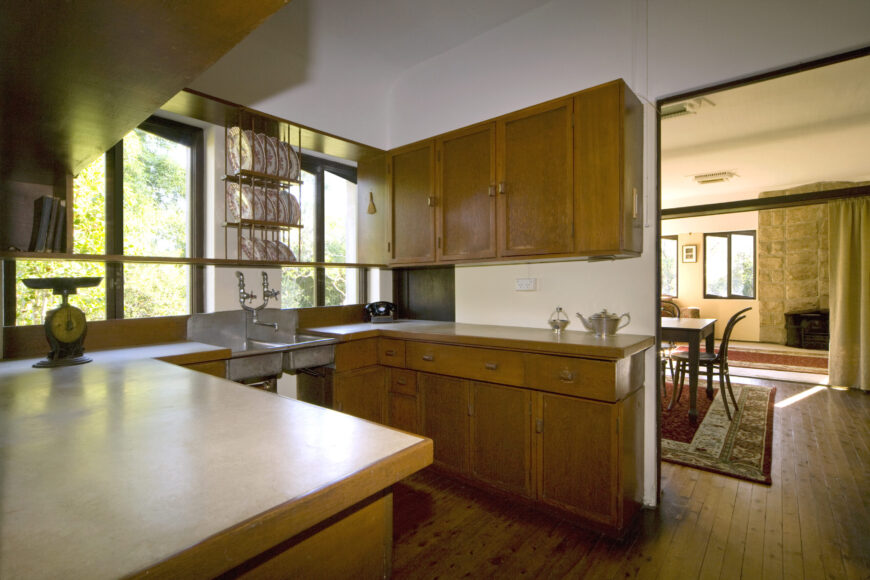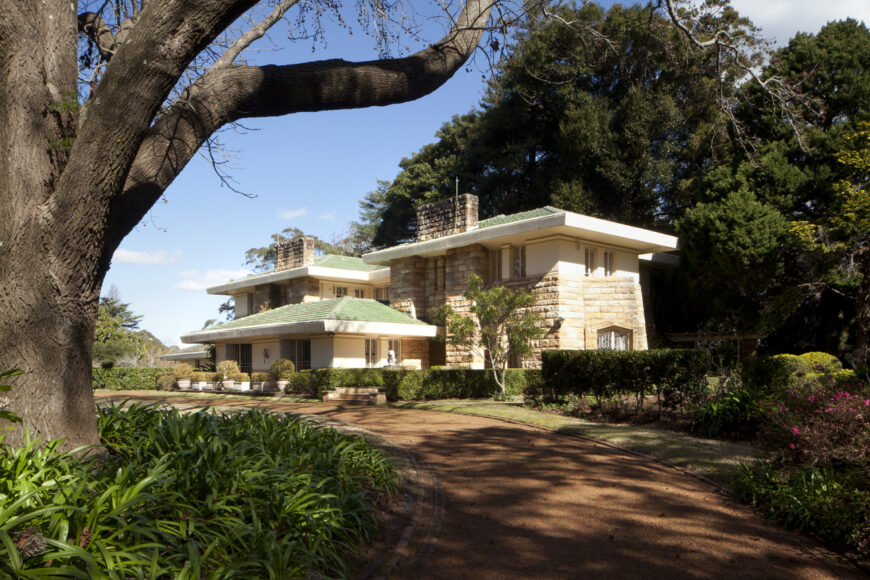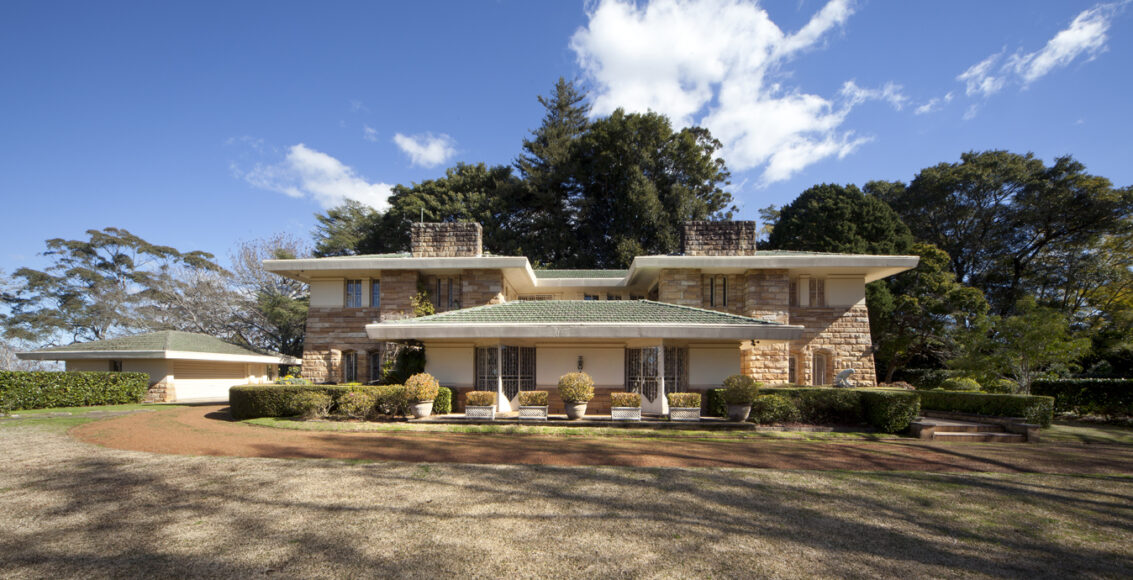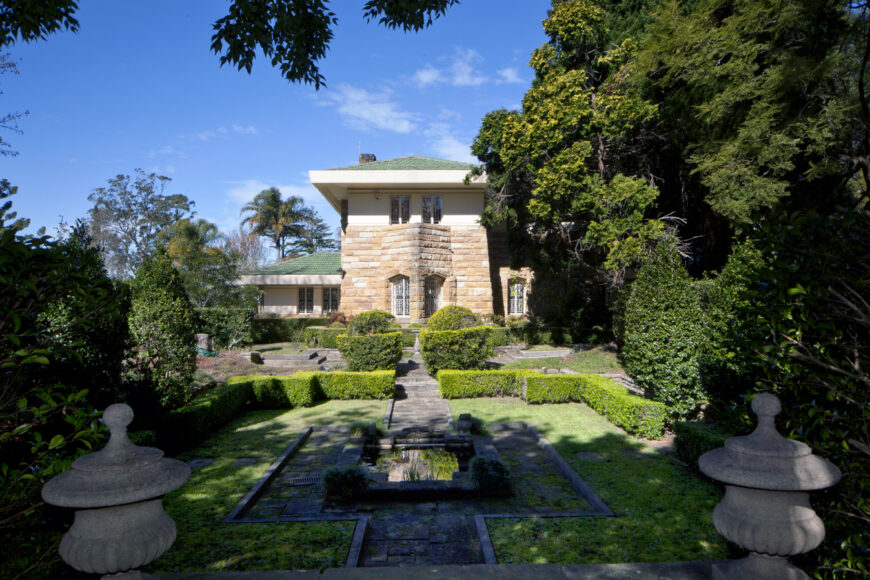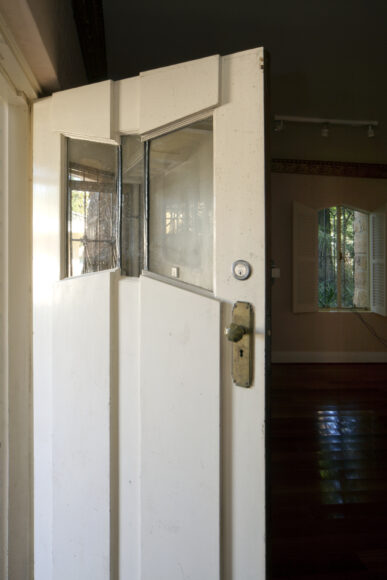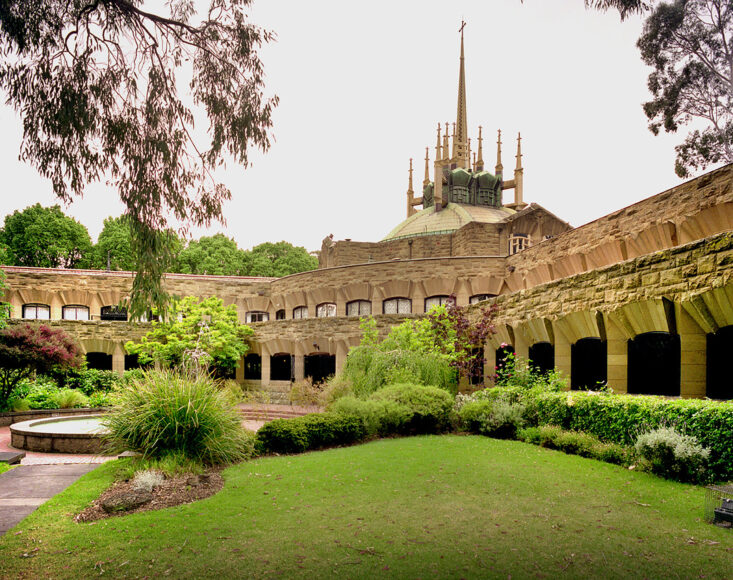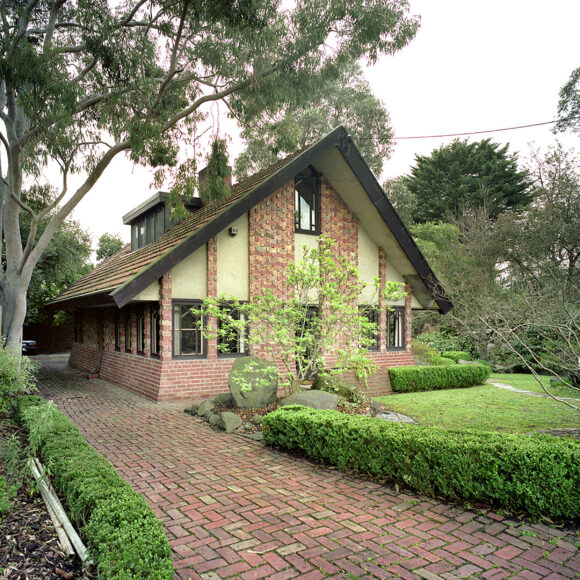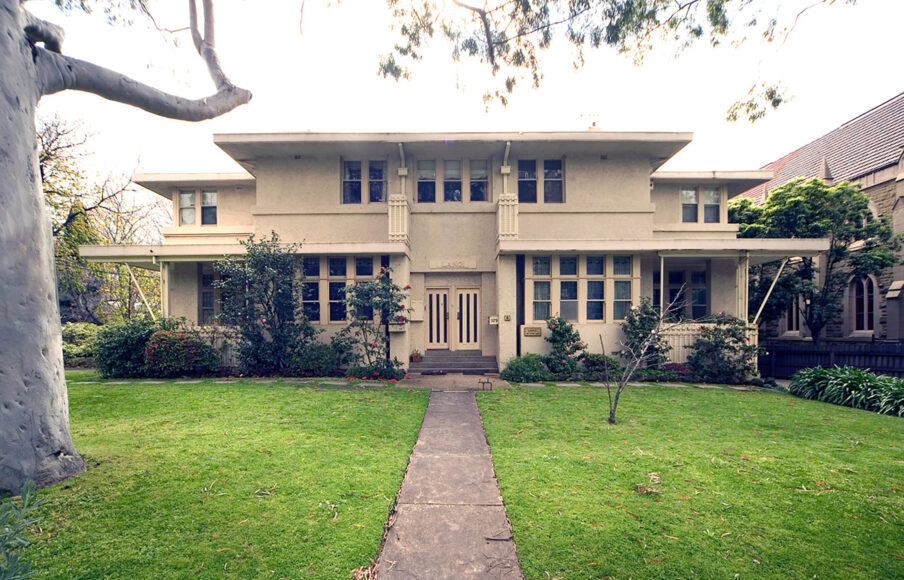From the moment Eric Sierins walked into a darkroom and put a sheet of photographic paper into a developer to watch a black and white image gradually appear, a life-long passion was revealed. Enthralled with the photographic process, and influenced by the New York photographer Mark Feldstein, he delighted in photographing the built environment and streetscapes.
Graduating from Sydney College of the Arts in 1982, with graphic design and photography, Sierins put his degree to use at the National Institute of Dramatic Art (NIDA). By 1989, an overseas trip would take his photography further. Every cathedral, every town – big or small – was inspiring! Sierins visited the great buildings of Le Corbusier in France, Gaudi in Barcelona, Charles Rennie Mackintosh in Glasgow and Frank Lloyd Wright’s Guggenheim Museum in New York.
Earlier, at the conclusion of his studies, Sierins had met Sydney based, Austrian born architect Harry Seidler, who introduced him to Max Dupain. On showing Dupain a selection of photographs, Dupain hinted there was a possibility of Sierins assisting him at Max Dupain and Associates (MDA) but nothing eventuated until Sierins brought in his first job with a new client. That was September 1989 and the rush to learn large format camera equipment techniques and darkroom processing of film and prints was on. Continued below
All photographs © Eric Sierins Photography
Always in the wake of Dupain’s robust personality and aura when in the public domain, the studio was more the engine room with numerous hours in the darkroom printing, then phones ringing, bookings made, weather consulted and then candid commentary on social and photographic subjects over lunch which for Dupain in particular included a can of Stout beer.
When Sierins was assisting Dupain on a job, Dupain would likely say, ‘I’ll take this photo and you look for the next one’ and so it continued for the day with Dupain’s suggestions while showing his innate ability to pre-visualise.
Just as Sierins was gaining confidence, in 1992 Dupain passed away at 81. Then 31, Sierins continued to work at MDA, keen to honour Dupain’s legacy. Sydney architectural firms continued as the main clients, and a highlight was travelling with Harry Seidler to photograph the Wohnpark Neue Donau apartments in Vienna, in 1999 and 2001.
Clients also requested new prints from old jobs. The quantity of negatives in the MDA archive was sizeable, if not overwhelming. Jobs had been physically numbered, but not cross referenced. To put some order into the negative archive, Sierins began to compile a database. The entries took 10 years to complete and it continues today with more than 16,500 job entries.
Max Dupain & Associates operated as one of Australia’s leading architectural photography firms until 2012 when the archive was acquired by the State Library of NSW. Sierins now operates a studio named Eric Sierins Photography, still specialising in architectural photography.
From 2000, Sierins continued to photograph Griffin architecture. Commissioned by the Griffin Society, his photographs record this remarkable architectural style and many were specifically for publication in the book “Visionaries in Suburbia: Griffin Houses in the Sydney Landscape”.
This online exhibition includes examples of his work that extend beyond Castlecrag, and include Griffin architecture in the Sydney suburbs of Willoughby, Avalon, Telopea and Pymble, as well as in Melbourne at Heidelberg, Toorak and The University of Melbourne. No longer does Sierins present black and white photographic prints from the darkroom – his work is digital and most often colour – yet there lingers a resonance with Dupain in his photographs.


